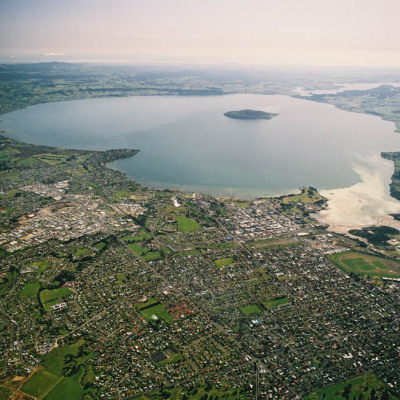
12 November 2015
A very dry season to date has led Bay of Plenty Regional Council to issue a low lake level notification on Lake Rotorua at the start of this month.
Bay of Plenty Regional Council Principal Engineering Surveyor Graeme O’Rourke said it was early to be in this position.
“The last low lake levels notification was earlier this year, in January, and that is usually when we’d see low levels during a dry summer. But this year we are already seeing levels drop to a very low level following a dry winter and spring.
“What’s more, we expect that it will be a long dry summer as we feel the impact of El Nino. These levels may be the new normal well into the new year,” Graeme said.
Other lakes and rivers in the region are also feeling the impact of the dry weather. Matahina Dam is already operating on low-level protocols and Lake Ōkāreka is currently at medium levels but declining rapidly.
This can occasionally affect navigation and access to jetties in some locations. Lower levels also impact lake temperatures as the weather warms and can lead to an increase in algal growth.
“Water quality is a priority for us and we will continue to monitor the lake levels closely. We could do with a significant amount of rain to increase those levels.” Graeme said.
Key challenges for managing water in the Bay of Plenty include: